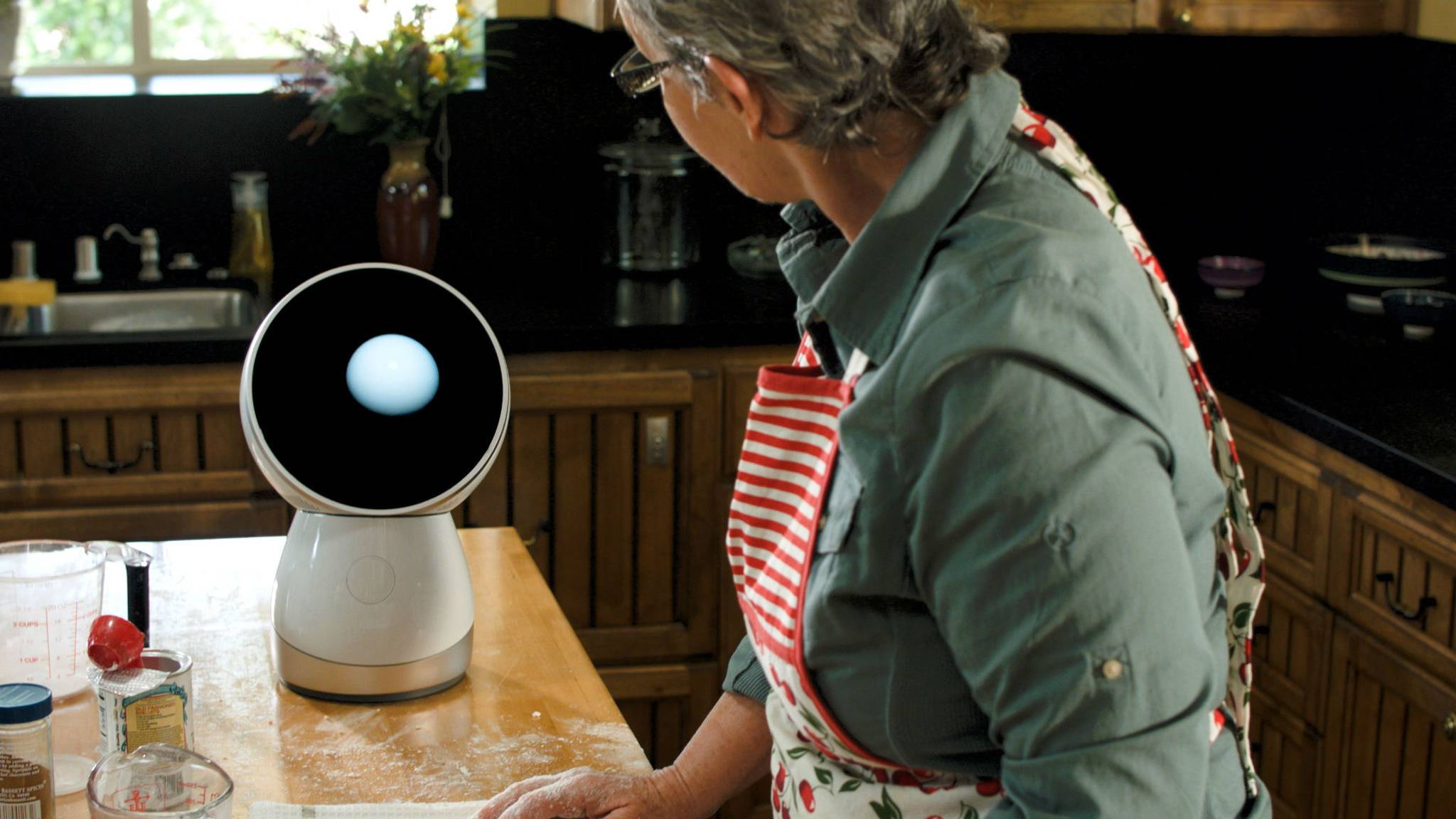Signal12 Jul 2017
Amazon Alexa favours Prime eligible productsWith Amazon, Google, and other tech giants continuing their voice assistant arms race, marketers are increasingly eyeing up the future potential of voice shopping. But research suggests that Alexa is more likely to recommend Amazon Prime products.

©Crew (2016)



